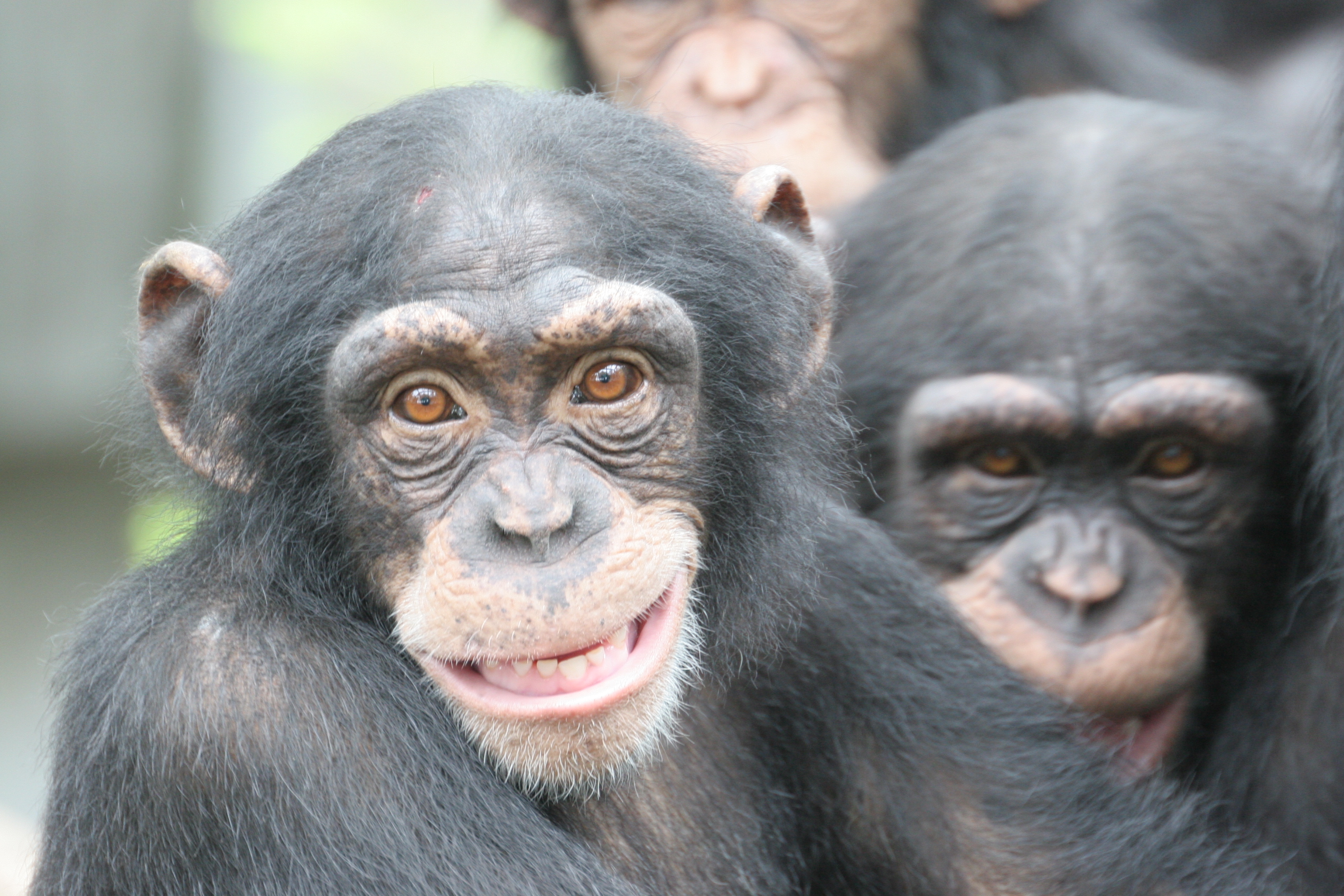
Despite sharing 98 percent of our DNA with chimpanzees, humans have much bigger brains and are, as a species, much more intelligent. Now a new study sheds light on why: Unlike chimps, humans undergo a massive explosion in white matter growth, or the connections between brain cells, in the first two years of life.
The new results, published today (Dec. 18) in the Proceedings of the Royal Society B, partly explain why humans are so much brainier than our nearest living relatives. But they also reveal why the first two years of life play such a key role in human development.
"What's really unique about us is that our brains experience rapid establishment of connectivity in the first two years of life," said Chet Sherwood, an evolutionary neuroscientist at George Washington University, who was not involved in the study. "That probably helps to explain why those first few years of human life are so critical to set us on the course to language acquisition, cultural knowledge and all those things that make us human."
Chimpanzees
While past studies have shown that human brains go through a rapid expansion in connectivity, it wasn't clear that was unique amongst great apes (a group that includes chimps, gorillas, orangutans and humans). To prove it was the signature of humanity's superior intelligence, researchers would need to prove it was different from that in our closest living relatives.
However, a U.S. moratorium on acquiring new chimpanzees for medical research meant that people like Sherwood, who is trying to understand chimpanzee brain development, had to study decades-old baby chimpanzee brains that were lying around in veterinary pathologists' labs, Sherwood told LiveScience. [Images: Baby Chimpanzees Welcomed]
But in Japan, those limitations didn't go into place till later, allowing the researchers to do live magnetic resonance imaging (MRI) brain scans of three baby chimps as they grew to 6 years of age. They then compared the data with existing brain-imaging scans for six macaques and 28 Japanese children.
Get the world’s most fascinating discoveries delivered straight to your inbox.
The researchers found that chimpanzees and humans both had much more brain development in early life than macaques.
"The increase in total cerebral volume during early infancy and the juvenile stage in chimpanzees and humans was approximately three times greater than that in macaques," the researchers wrote in the journal article.
But human brains expanded much more dramatically than chimpanzee brains during the first few years of life; most of that human-brain expansion was driven by explosive growth in the connections between brain cells, which manifests itself in an expansion in white matter. Chimpanzee brain volumes ballooned about half that of humans' expansion during that time period.
The findings, while not unexpected, are unique because the researchers followed the same individual chimpanzees over time; past studies have instead pieced together brain development from scans on several apes of different ages, Sherwood said.
The explosion in white matter may also explain why experiences during the first few years of life can greatly affect children's IQ, social life and long-term response to stress.
"That opens an opportunity for environment and social experience to influence the molding of connectivity," Sherwood said.
Follow LiveScience on Twitter @livescience. We're also on Facebook & Google+.

Tia is the editor-in-chief (premium) and was formerly managing editor and senior writer for Live Science. Her work has appeared in Scientific American, Wired.com, Science News and other outlets. She holds a master's degree in bioengineering from the University of Washington, a graduate certificate in science writing from UC Santa Cruz and a bachelor's degree in mechanical engineering from the University of Texas at Austin. Tia was part of a team at the Milwaukee Journal Sentinel that published the Empty Cradles series on preterm births, which won multiple awards, including the 2012 Casey Medal for Meritorious Journalism.
